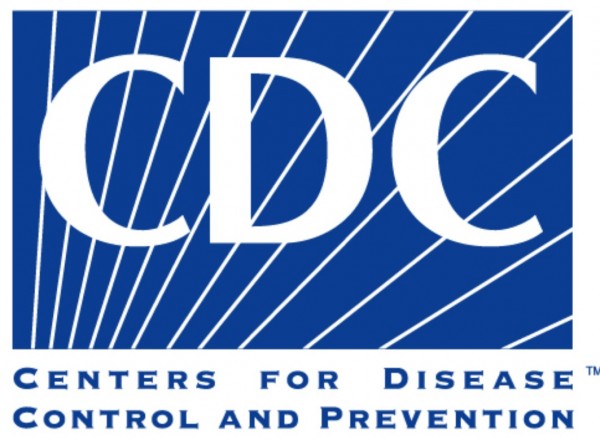Syphilis On the Rise Among Gay and Bisexual Men
| Robert Sarkanen | | May 09, 2014 06:23 AM EDT |
Cases of Syphilis, a venereal disease, are increasing among gay and bisexual men in the United States despite being nearly eliminated more than a decade ago.
Researchers from the Centers for Disease Control and Prevention warned in their report on Thursday that this increasing trend of syphilis, particularly in gay men, is a "major public health concern".
Like Us on Facebook
In the year 2000, the US syphilis rate was 2.1 cases per 100,000 people. Last year it more than doubled to 5.3 cases per 100,000.
More than 70% of all male cases were attributed to gay and bisexual men ages 25-29 years old, suggesting an increase in unprotected same-sex relations among the younger post-AIDS generation.
Some 91% of all affected were reported as male, with black men having the highest rates, though the highest increases were in white and Hispanic men.
Due to the alarming findings, the CDC recommended preventive measures such as increased screenings for the disease, increased use of condoms, limited number of sex partners and more monogamous relationships.
Among women, however, the disease was in decline, going down from 1.5 to 0.9 cases per 100,000 people. The CDC said this is largely due to a notable decline of black women with the disease.
The disease, which is treatable, comes in four stages, each with varying symptoms. The CDC study focused on the primary (following initial contact) and the secondary (four to ten weeks after the primary) stages.
The two last stages, latent and tertiary, are rare because treatment for syphilis is easily accesible. But the tertiary stage, taking place 3 to 15 years after initial infection, could potentially cause blindness, disfiguration, mood swings, dementia and fatal cardiovascular complications.
Symptoms include genital lesions for the primary stage, and symmetrical rashes on the trunk and extremities, fever, sore throat, weight & hair loss and headaches for the secondary stage.
Latent stage is asymptomatic, and tertiary stage include tumor-like inflammations, infection of the central nervous system, causing mental instability, poor balance and seizures, as well as cardiovascular issues and aneurysms.
TagsSyphilis, Gay, Bisexual, CDC, Health warning, Centers for Disease Control and Prevention, Report, Symptoms, Same-sex relations, Prophylactic, Condom, Monogamy, AIDS, HIV
©2015 Chinatopix All rights reserved. Do not reproduce without permission
EDITOR'S PICKS
-

Did the Trump administration just announce plans for a trade war with ‘hostile’ China and Russia?
-

US Senate passes Taiwan travel bill slammed by China
-

As Yan Sihong’s family grieves, here are other Chinese students who went missing abroad. Some have never been found
-

Beijing blasts Western critics who ‘smear China’ with the term sharp power
-

China Envoy Seeks to Defuse Tensions With U.S. as a Trade War Brews
-

Singapore's Deputy PM Provides Bitcoin Vote of Confidence Amid China's Blanket Bans
-

China warns investors over risks in overseas virtual currency trading
-

Chinese government most trustworthy: survey
-

Kashima Antlers On Course For Back-To-Back Titles
MOST POPULAR
LATEST NEWS
Zhou Yongkang: China's Former Security Chief Sentenced to Life in Prison

China's former Chief of the Ministry of Public Security, Zhou Yongkang, has been given a life sentence after he was found guilty of abusing his office, bribery and deliberately ... Full Article
TRENDING STORY

China Pork Prices Expected to Stabilize As The Supplies Recover

Elephone P9000 Smartphone is now on Sale on Amazon India

There's a Big Chance Cliffhangers Won't Still Be Resolved When Grey's Anatomy Season 13 Returns

Supreme Court Ruled on Samsung vs Apple Dispute for Patent Infringement

Microsoft Surface Pro 5 Rumors and Release Date: What is the Latest?











